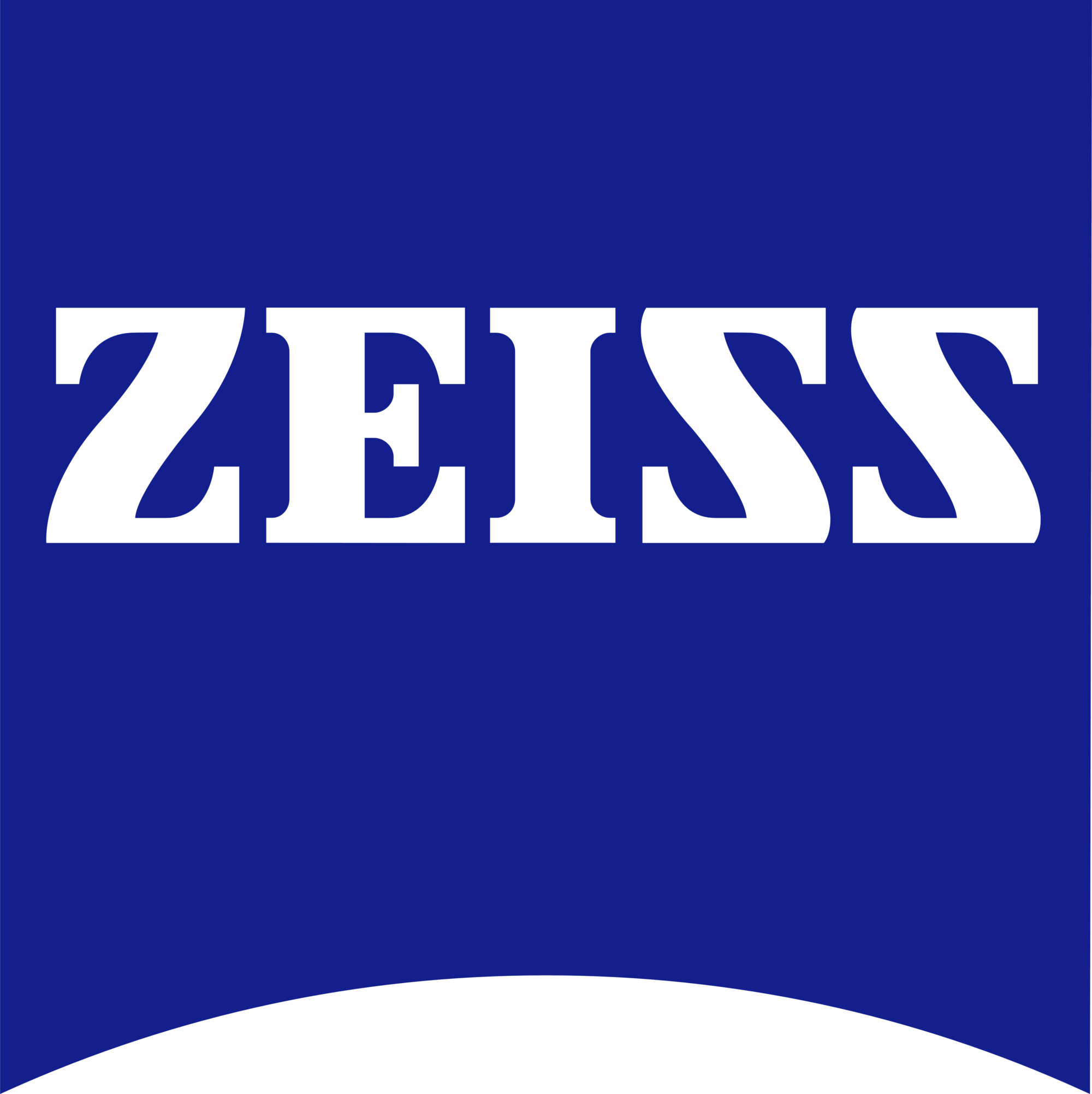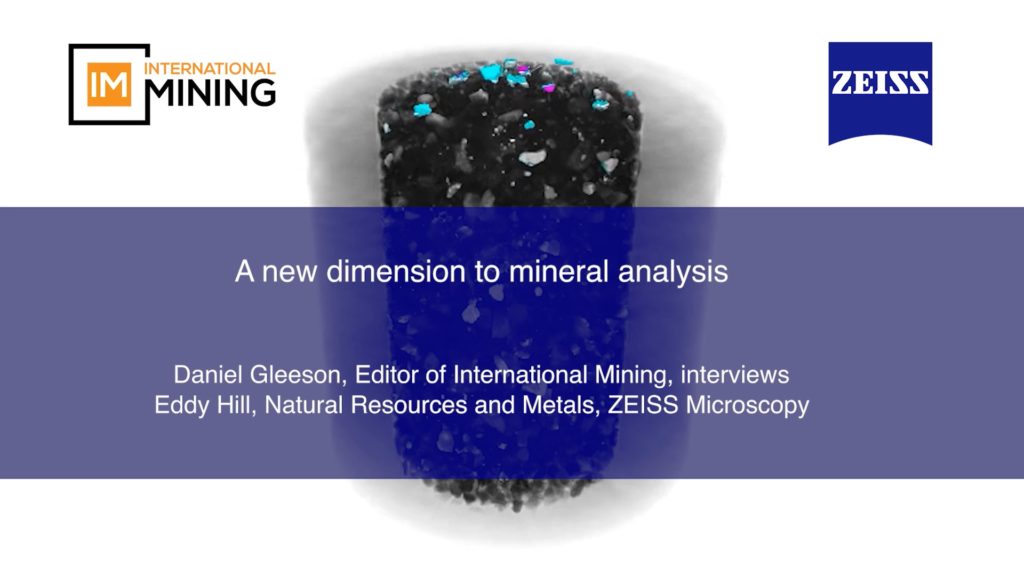ZEISS recently introduced ZEISS Mineralogic 3D for automated quantitative mineralogy in a move that, it says, will enable the mining industry to achieve greater productivity and increased efficiencies.
By understanding composition, mineral relationships and fabric of the geological materials under scrutiny, including locked grains, miners are now able to respond faster to critical production questions.
Built on the industry-leading ZEISS Xradia 3D X-ray microscope and microCT platforms using ZEISS DeepRecon Pro, ZEISS Mineralogic 3D software incorporates advanced and flexible machine-learning protocols that recognise individual particles even when they are in contact with other particles. Particles are then automatically analysed individually to provide a series of key outputs such as modal mineralogy, volume, porosity, feret dimensional measurements, associations and liberation.
With ZEISS Mineralogic 3D, little to no sample preparation is required, stereological assumptions are eliminated as every grain is viewed in full in three dimensions and time to actionable data is significantly reduced. Additionally, precious samples are preserved due to the non-destructive nature of X-ray.
This will see ZEISS Mineralogic 3D provide miners with the actionable data they need for decision making associated with comminution improvements, process enhancements, to assessments associated with the quality of the final concentrate.
But this is only a fraction of the potential applications for this solution, as Eddy Hill, Natural Resources and Metals, ZEISS Microscopy, says in this interview.
“The fact we are now analysing samples in three dimensions will expand the use of automated mineralogy.”












